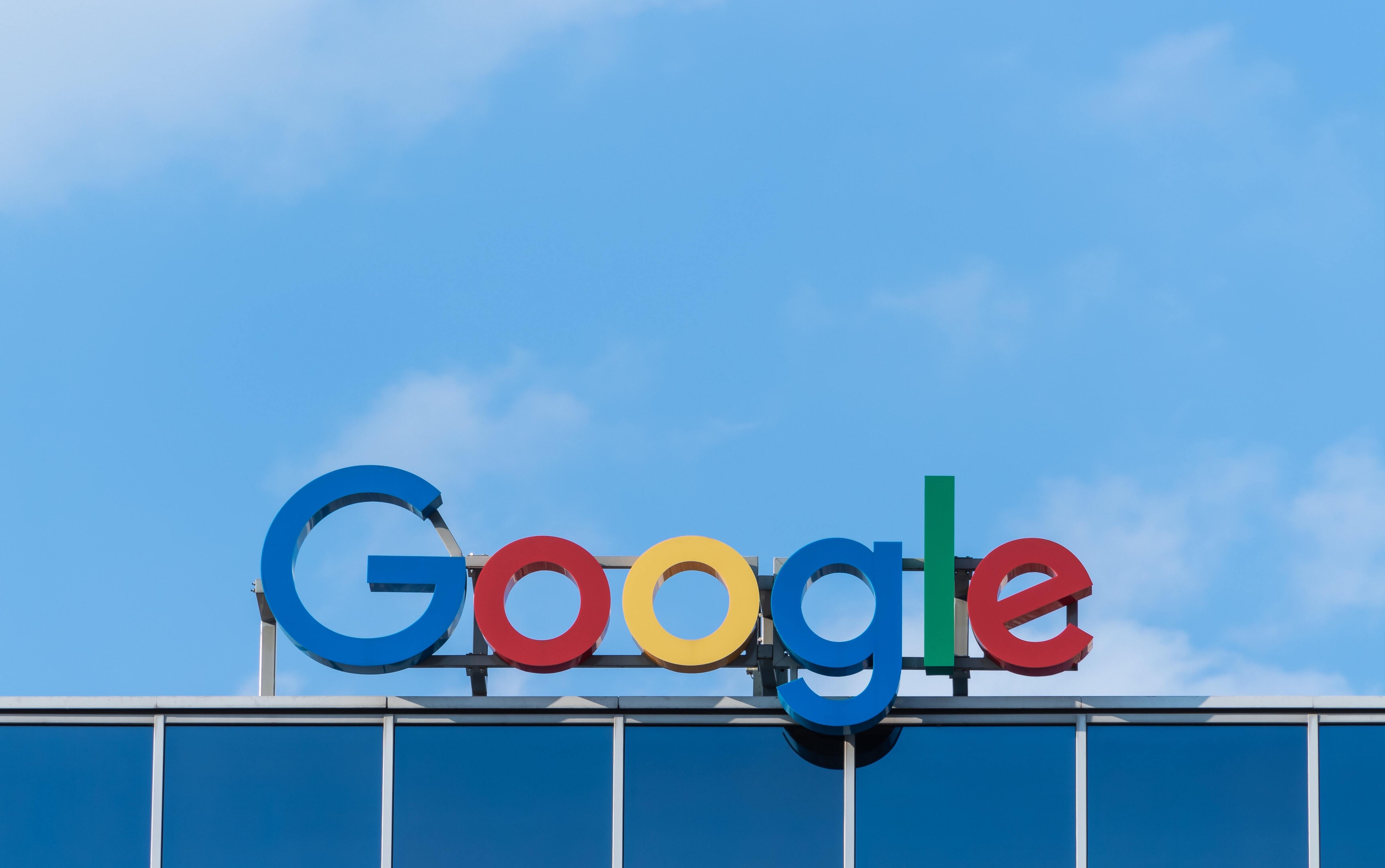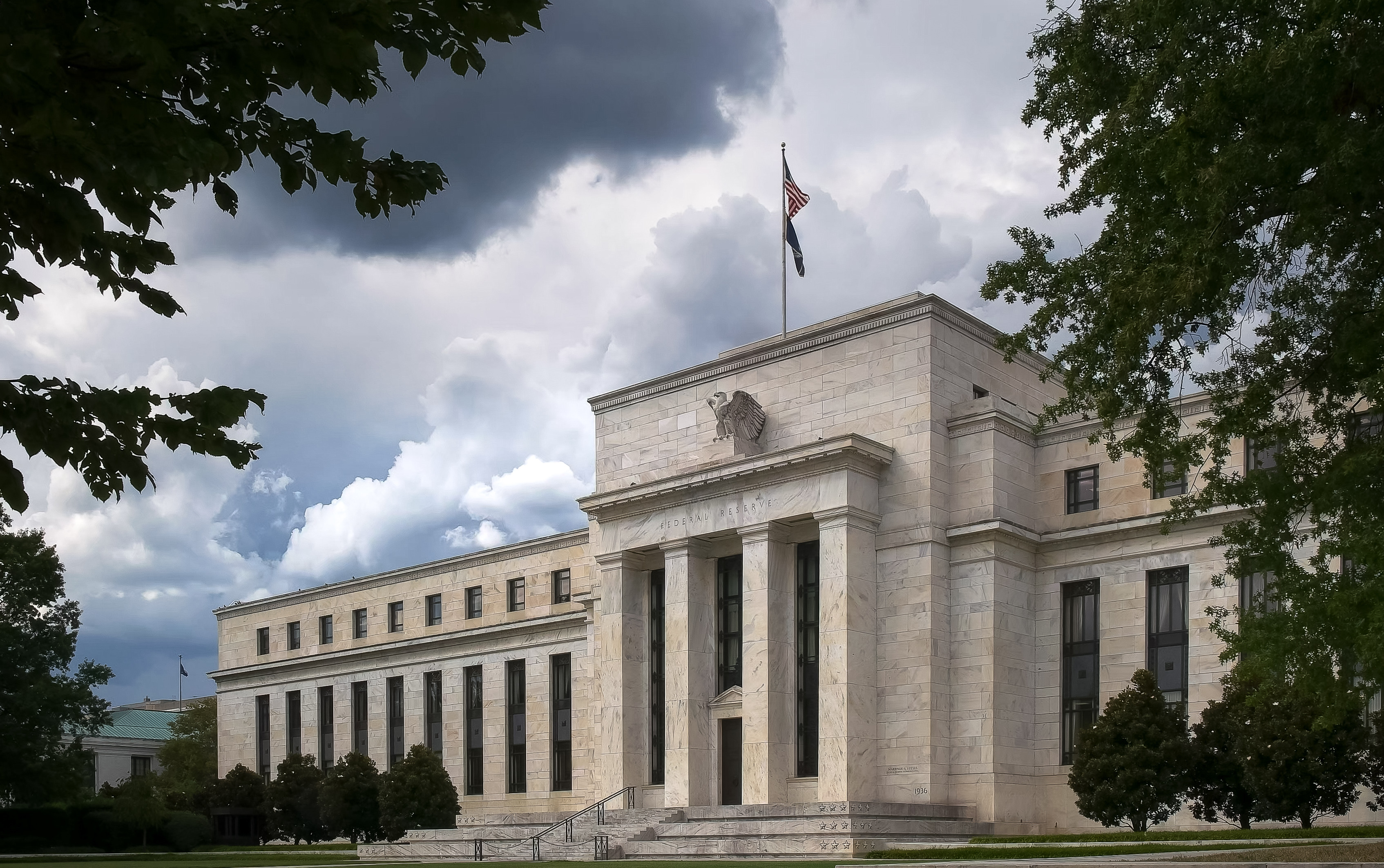What Elon Musk's Twitter takeover means for crypto

Elon Musk finalized his Twitter takeover last Thursday after months of legal maneuvering. [Chesnot via Getty Images]
There’s never a dull moment on the blockchain. Here’s what you need to know this week:
The crypto world is reacting to Elon Musk’s $44 billion Twitter takeover. Will he double down on the platform’s nascent crypto initiatives?
Key quotes from the cryptoverse. What the SEC’s Hester Peirce thinks about crypto regulation in the U.S., and Vitalik Buterin’s thoughts on gold.
Numbers to know. The percentage of institutional investors that hold digital assets and other key stats from the week.
BIG BIRD
What Elon Musk’s Twitter takeover could mean for crypto
Elon Musk’s $44 billion purchase of Twitter closed less than a week ago, but a myriad of potential changes are already being considered, including reviving the beloved short-form video app Vine, and charging a monthly fee to maintain blue-checkmark status (Stephen King is not a fan of that idea). And as Musk contemplates ways to juice Twitter’s revenue, many of crypto’s biggest luminaries have his ear — including Binance CEO Changpeng Zhao, Andreessen Horowtiz partner Sriram Krishnan, and major crypto investor David Sacks. Twitter is already one of the most crypto-forward social media platforms, so Musk’s leadership has the crypto industry curious about the site’s web3 potential. Let’s take a closer look.
Twitter is already a key social platform for the crypto community, and it has experimented with NFT initiatives and crypto “tipping.”
Twitter has seen more than 1 billion tweets about crypto since 2020, according to the company. Leading topics include Bitcoin, Ethereum, NFTs, and Dogecoin (Musk’s favorite memecoin, which has rallied over 100% amid the takeover news).
Last week, the company announced “NFT Tweet Tiles,” a new feature that will allow users to buy and sell NFTs via tweets — in partnership with marketplaces like Rarible, Dapper Labs, and Magic Eden. In January, Twitter released NFT verification, allowing users to display their NFTs as hexagonally cropped profile photos that include on-chain data.
Twitter also made forays into blockchain-based payments in April. In partnership with the payment processor Stripe, Twitter allows creators in more than 70 countries to receive payments in the USDC stablecoin for their Super Follows or paid Twitter Spaces. The platform also allows users to “tip” their favorite creators via Bitcoin in the U.S. and El Salvador.
So, what are some of Elon’s plans for Twitter?
On Tuesday, Musk tweeted that he’d like to charge $8 a month for users to receive verification, which would grant them priority placement in replies and searches, less ads, and the ability to bypass paywalls for some publishers that opt-in.
At his first all-hands meeting in front of company employees over the summer, he said that he believes crypto payments on Twitter would help to “maximize the usefulness” of the platform. Musk has also mused about making Dogecoin an official payment method.
Binance’s Changpeng Zhao invested $500 million into Musk’s takeover bid to help “bring Twitter into web3 when they’re ready.” Zhao mentioned the possibility of “charging for memberships. That can be done very easily, globally, using cryptocurrencies.”
He also said Musk has frequently mentioned plans to create a “super app,” akin to China’s WeChat, which is a social media platform, payments app, and messaging service with 1.3 billion users. Payments with supported cryptocurrencies would potentially expand Twitter’s appeal globally as its users are largely concentrated in the U.S.
Why it matters… Elon Musk’s Twitter isn’t the only web2 giant that’s doubling down on crypto and blockchain tech. Reddit, Instagram, and Facebook have all launched NFT initiatives recently (with varying degrees of success.) And the developers of Aave, a popular DeFi exchange, also created Lens Protocol, a decentralized social media platform built on Polygon’s blockchain, where users create NFT-based profiles that "contain the history of all posts, mirrors, comments, and other content you generate.” No matter which platforms ultimately lead the charge on crypto innovation, we can at least be sure where we’ll hear the news first: Twitter.
TAKES
SEC Commissioner Hester Peirce critiques her agency’s crypto approach, and key quotes from the week
Piercing remarks… In a new interview with Decrypt, Securities and Exchange Commissioner Hester Peirce told the publication that she is critical of how her agency has approached crypto regulation to date, “because we haven’t taken … steps to work in good faith.” Peirce went on to describe the communication problems between the SEC and the crypto industry at large. “Nobody else is in the room. The customers aren’t in the room. And the regulator has the leverage because the regulator’s about to bring enforcement action. It’s just not a good way of regulating.”
Crypto vs. gold… Last week, Ethereum co-founder Vitalik Buterin broke down his crypto > gold argument after cartoonist Zach Weinersmith asked why people who are wary of a centralized authority for money don’t just “go with gold?” In response, Buterin tweeted, “Gold is incredibly inconvenient. It’s difficult to use, particularly when transacting with untrusted parties. It doesn’t support safe storage options … At this point, gold has less adoption than crypto, so crypto is the better bet.”
London calling… The U.K.’s new Prime Minister, Rishi Sunak, who had a career in finance before entering politics, previously expressed pro-crypto sentiments, including his intention to make the U.K. “the jurisdiction of choice for crypto and blockchain technology.” In response to Sunak’s crypto stance, one fintech founder told CNBC, “The feeling among entrepreneurs is one of relief. There’s a feeling that we finally have someone sensible in Number 10.”
NUMBERS TO KNOW
$3.7 billion
The amount the Meta’s Reality Labs business — the division that oversees metaverse related tech like Oculus VR headsets — reported losing in the third quarter of 2022, up from its $2.8 billion loss in Q2. Despite last week being the worst ever for Meta’s stock since the company’s IPO in 2012, CEO Mark Zuckerberg remained committed to his bet on the metaverse, calling it “fundamentally important to the future.”
$13 million
The amount that poured into NFT project Art Gobblers just two hours after launching on Monday. A collaboration between Rick and Morty co-creator Justin Roiland and crypto VC firm Paradigm, Art Gobblers aims to incentivize art-making with a crypto game that involves Gobbler NFTs, a lo-fi drawing tool, and something called “GOO tokens.”
40,000
Number of words in Bloomberg Businessweek’s massive cover story, “The Crypto Story,” written by finance journalist Matt Levine. An exhaustive yet entertaining read, the four-chapter opus promises to explain the biggest questions about crypto: “Where it came from, what it all means, and why it still matters.”
58%
The percentage of institutional investors that reported investing in digital assets during the first half of 2022, according to a new survey from Fidelity. This marks a six-percent increase from the same period last year, despite market turbulence. Crypto ownership was highest among respondents in Asia (69%), followed by Europe (67%), and the U.S. (42%).
14
Age, as of October 31, of Satoshi Nakamoto's Bitcoin whitepaper, which outlines the core mechanics of the cryptocurrency. 🥳
TOKEN TRIVIA
What is the Lightning Network?
A
A symphonic rock group from the 1970s
B
A “layer 2” technology that’s making BTC payments faster and cheaper
C
Meta’s digital wallet for sending and receiving money internationally
D
A global, decentralized network of computers
Find the answer below.
Trivia Answer
B
A “layer 2” technology that’s making BTC payments faster and cheaper











